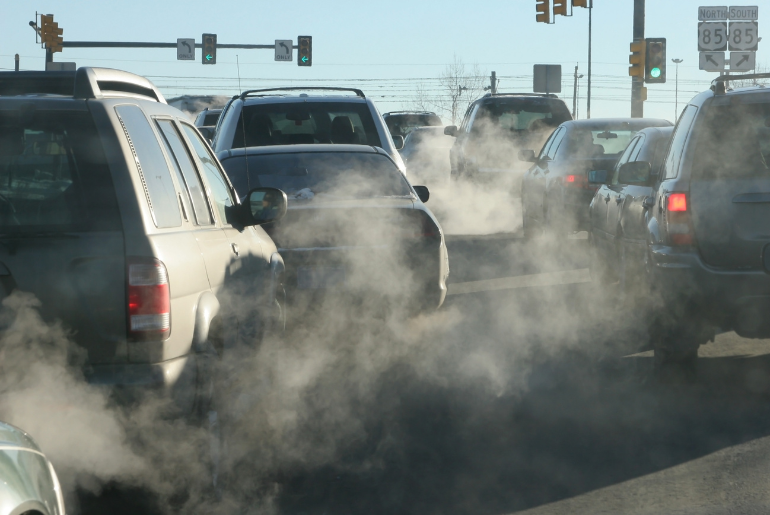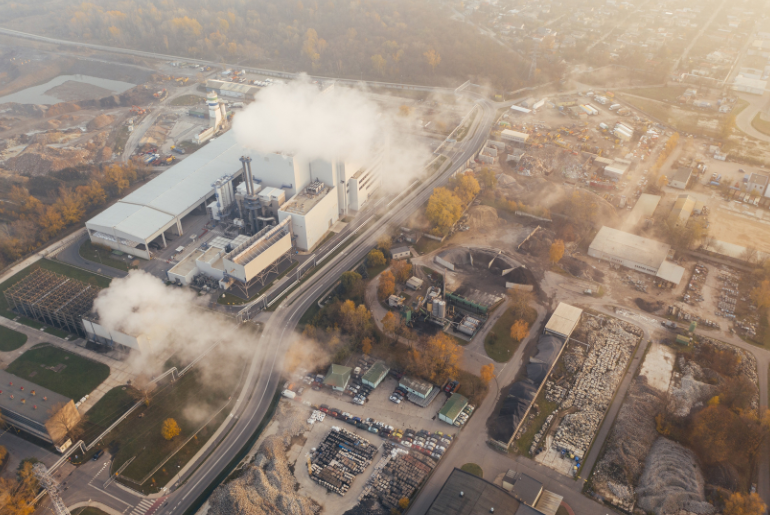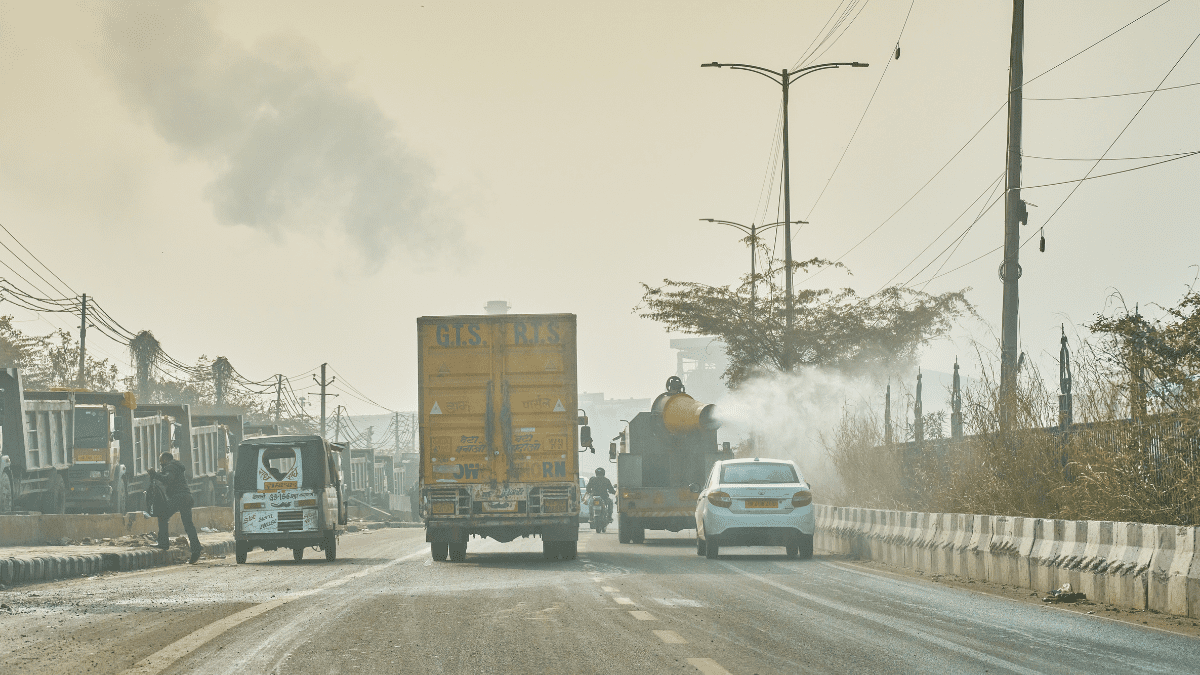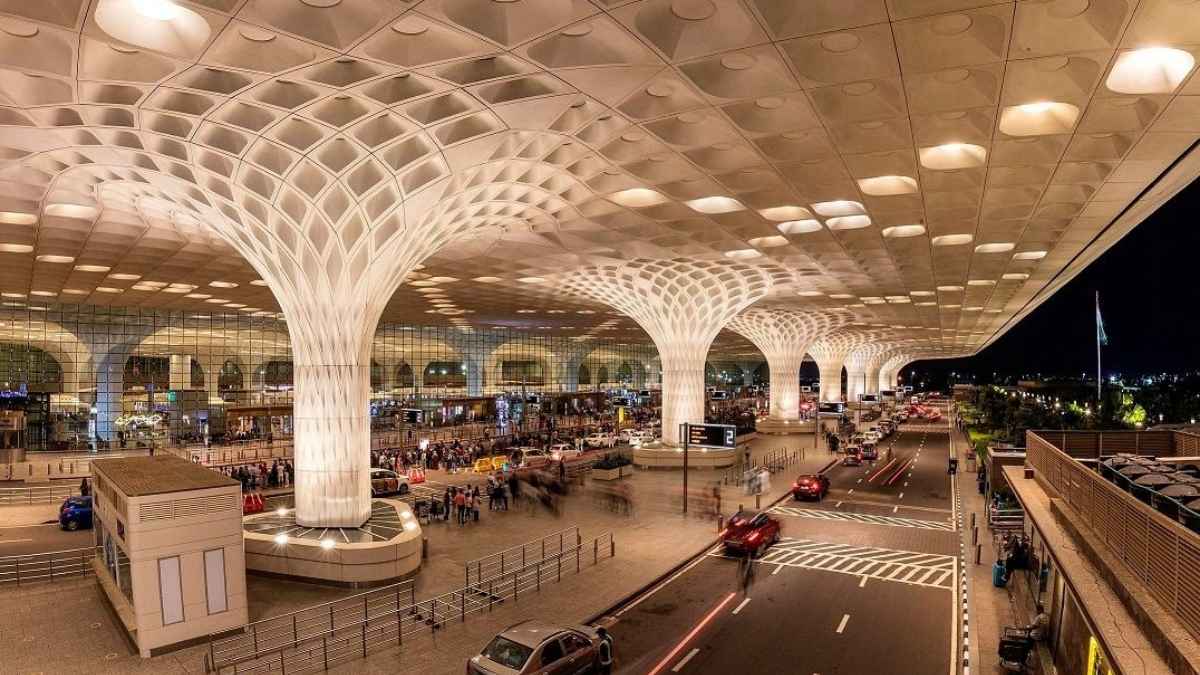Air pollution in India’s southern metros, Bengaluru and Chennai, has breached the World Health Organization’s (WHO) recommended safety limits every year since 2021. This alarming trend, highlighted by multiple air quality assessments, points to a steady rise in pollutants such as PM2.5 and nitrogen dioxide, primarily driven by rapid urbanisation, increased vehicle emissions, and limited environmental regulation enforcement. Both cities have shown sustained levels of harmful pollutants far above acceptable thresholds, posing serious public health risks and signalling an urgent need for reform.
Bengaluru’s Air Quality Raises Health Alarms

Bengaluru, often known as India’s tech capital, has seen a worrying rise in air pollution levels in recent years. According to a study by Climate Trends and Respirer Living Sciences, the city recorded annual average PM2.5 concentrations that were six to seven times higher than WHO’s recommended limit of 5 µg/m³. These fine particulate matters can penetrate deep into the lungs, causing long-term respiratory and cardiovascular problems.
Also Read: Struggling With Air Pollution? Try These 8 Home Remedies
The same report revealed that in 2021, the PM10 levels in Bengaluru exceeded WHO limits by three to four times. The key contributors to this pollution are construction activities, traffic congestion, and industrial emissions. The city’s worsening air quality has placed a significant health burden on residents, especially vulnerable groups such as children and the elderly.
Chennai’s Pollution Problem Persists

Chennai, Tamil Nadu’s capital, is facing a similar environmental crisis. As reported by DT Next, areas such as Alandur recorded nitrogen dioxide (NO₂) levels as high as 57 µg/m³, well beyond the WHO’s guideline of 10 µg/m³. NO₂ is mainly emitted from vehicle exhaust and industrial sources and is known to aggravate asthma and other respiratory illnesses.
Also Read: Amid Rise In Air Pollution, Delhi Metro Records Highest-Ever Daily Footfall Of 78.67 Lakh Passengers
According to an assessment conducted by Urban Emissions and Centre for Science and Environment (CSE), Chennai’s PM2.5 levels have consistently surpassed safe air quality standards. Despite these findings, effective mitigation strategies remain largely absent, and city-wide air monitoring systems remain limited in scope.
Long-Term Exposure Threatens Public Health

Long-term exposure to polluted air significantly increases the risk of chronic diseases. In both cities, residents experience higher incidences of asthma, bronchitis, and even strokes. As reported by the Centre for Research on Energy and Clean Air (CREA), continued exposure to PM2.5 and NO₂ could lead to reduced life expectancy and increased mortality.
Also Read: 7 Indoor Activities To Do In Delhi To Avoid Air Pollution In The City
The data from 2021 onwards presents a clear case for immediate government intervention. Environmental experts recommend enforcing stricter vehicle emission standards, improving public transport, and investing in green infrastructure. Without action, the air pollution crisis in Bengaluru and Chennai is likely to worsen in the coming years.
Cover Image Courtesy: Canva Pro





